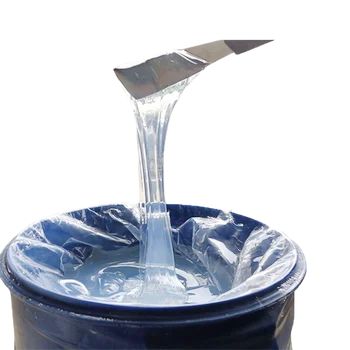In February 2025, the domestic
107 rubber market showed a regional price increase trend. The transaction price in the North China market increased by 300 yuan/ton, and both the East and South China markets achieved an increase of 500 yuan/ton. Behind this round of price increases is the dual effect of sustained strengthening of raw material costs and favorable macroeconomic policies.

It is understood that due to the increase in raw material costs,
107 rubber production enterprises have to adopt a price increase strategy to maintain profit margins. At the same time, favorable macroeconomic policies have provided strong support for the market. In terms of supply and demand pattern, the current inventory pressure in the industry is relatively controllable, and production enterprises adopt a small step increase strategy to gradually digest inventory.
It is worth noting that the latest quotation from leading production enterprises has been pushed up to the benchmark of 14100 yuan/ton, driving the prices of various brands in the mainstream market to generally adjust within the fluctuation range of 300-500 yuan/ton. This round of price increases not only enhances the profit margins of production enterprises, but also brings positive impacts to the entire industry.
In terms of
market trading, the transaction performance of mid to low price goods is active. This reflects the phased replenishment behavior of downstream enterprises in the price upward channel. Meanwhile, the stable production capacity regulation on the supply side also provides fundamental support for price trends. However, as price increases continue, the acceptance level of downstream enterprises will gradually become a key factor restricting further market growth.
